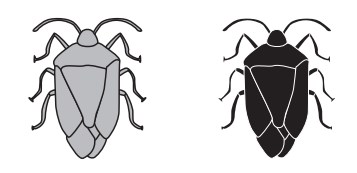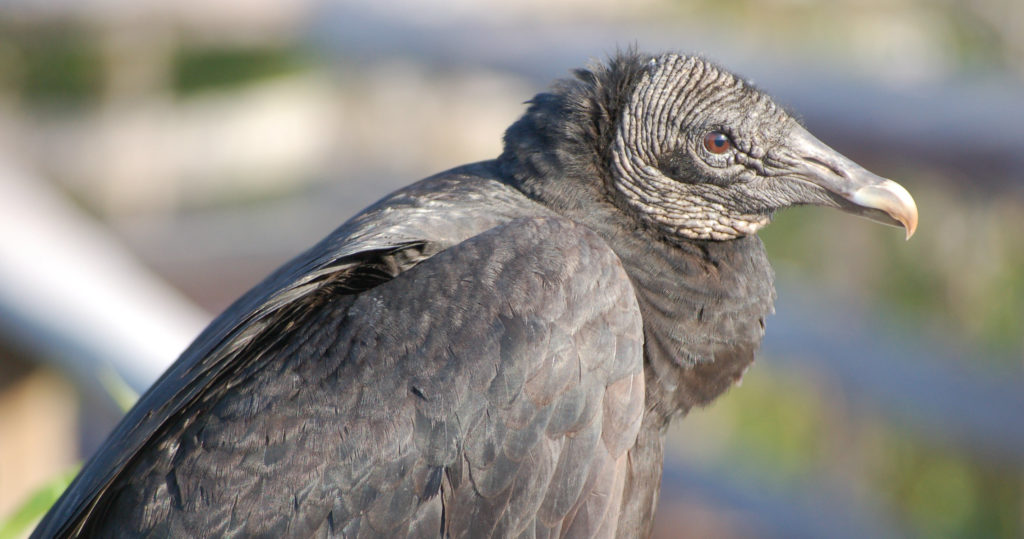Carrying capacity refers to the number of predators and prey that can live in an area. Too many predators and not enough prey leads to predators starving and dying because they can't find enough food. Too many prey and not enough predators leads to the spread of disease and depletion of resources for the prey species and others that live in their habitat.
In this game, students will examine the impacts of varying the numbers of predators and prey on an area's ability to sustain their populations, the carrying capacity.
When resources are scarce, only the healthiest and specialized individuals will manage to reproduce and make it to the next season. The sick, very old, and very young will be unable to get their portion of food before it is removed by the stronger individuals. This is survival of the fittest, the process that drives evolution.
Nature thrives on balance. Features that help prey from getting eaten are beneficial to prey, and features that help predators catch prey are beneficial to predators. Animals born without the special feature that makes their species successful will be less likely to survive long enough to make it to the next season.
This is what is meant by natural selection. Generally speaking, due to genetic variation in a population, some features will cause some animals to survive and reproduce more successfully than others.

A Case Study:
To better understand, let's look at a population of bugs that are of the same species. Some of the bugs are born with black bodies and others are born with grey bodies (just like some humans are born with blue eyes and others with brown eyes).
- Grey bugs are more likely to get eaten by birds since they're not as well camouflaged against the dirt as the black ones. This means that they won't live long enough to reproduce and pass on their lighter-colour genes.
- Black bugs, on the other hand, will reproduce and have more black bugs.
- As a result, the next generation will have more dark-coloured bugs than grey bugs.
- If the environmental conditions changed and the dirt became lighter, the grey bugs would have better camouflage and be less likely to be eaten than the black bugs.
This is the reason why genetic variation is important in a species. It helps prevent one type of species from being wiped out if the environmental conditions change. Those who survive will reproduce and pass on their advantageous feature to their young, survival of the fittest.

